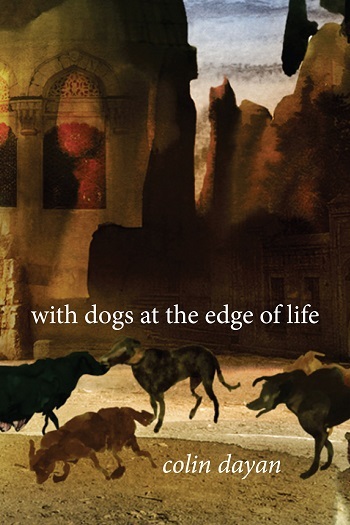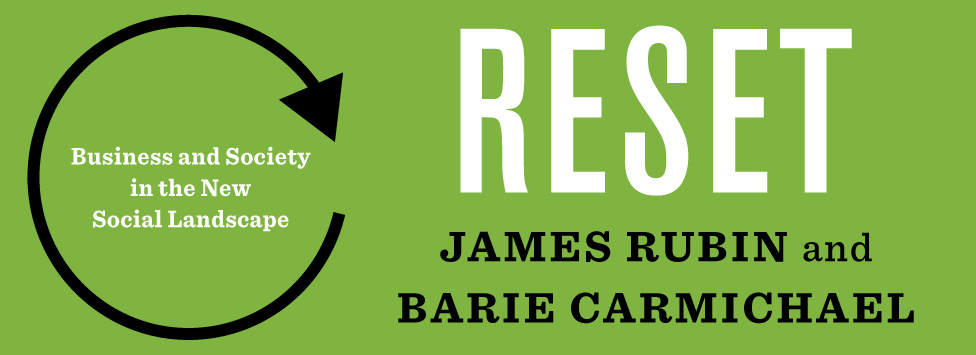In Touch and Feeling with Dogs
“Can we engage our feelings without appropriation? Can we think through human and non-human mutuality without abstracting animals into what can be packaged and consumed—either as objects of moral concern or as literary device? Can we really think with dogs?” — Colin Dayan
Happy New Year! This week, our featured book is With Dogs at the Edge of Life, by Colin Dayan. In today’s post, Dayan discusses the difficulty and the value of thinking and feeling with dogs.
In Touch and Feeling with Dogs
By Colin Dayan
It is myself,
Not the poor beast lying there
yelping with pain
that brings me to myself with a start—
–William Carlos Williams, “To a Dog Injured in the Street”
Our greatest poets struggle with their response to and feeling with dogs. Elizabeth Bishop calls a stray, crippled, “depilated dog” to carnival as she laments a world that disallows and disposes of “anyone who begs, drugged, drunk, or sober, with or without legs,” in “Pink Dog.” John Berryman in the great ennui of “Dream Song 14” finds his tedium interrupted by a dog:
And the tranquil hills, & gin, look like a drag
and somehow a dog
has taken itself & its tail considerably away
into the mountains or sea or sky, leaving
behind: me, wag.
Out of the wear and tear of life comes the surprise. Something as ordinary as the wagging tail of a dog generates a miracle of transubstantiation. The dog and its tail take flight into “mountains or sea or sky,” while the poet remains. He inhabits and takes on what is left behind. The self turns into what a tail does. A nonhuman subjectivity is born in the conflation of the poetic I with the lilting, uplifting swish, sway, and shake of the canine hindquarters.
The vicissitudes, gaps, and blurring that these poets find in the sentience of dogs promise a renewal of self, as well as of language. To be “sensible” is to make meaning in its materiality: to think with the body. Yet it is a fine line between feeling for or with dogs and turning the non-human into source of inspiration or grist for academic argumentation—nothing less than yet another prompt to our poetic or moral thought or inquiry.
Can we engage our feelings without appropriation? Can we think through human and non-human mutuality without abstracting animals into what can be packaged and consumed—either as objects of moral concern or as literary device? Can we really think with dogs? This terrain of mutual adaptability puts us in the thick of what we are not. It asks that we step back and ask how we can know feeling that is not tied to our assumptions. Such a transforming regard also changes how we treat our fellow humans.
As our world becomes obscene in its greed and violence, I wonder if through the route of the dog we might find a practical and embodied way of being with others that doesn’t entail dominance and subordination. I do not advise that we lose sight of how brutality in the non-human world is part and parcel of the disregard and harm so pronounced in the human. But rather through a minded and felt—as well as “attentive” — empathy in all relations, I want to consider how we might dismantle individual preferment.
The route is not easy. Again, animality is what I want us to think about, not claims for humanity. The knowledge that matters has everything to do with perception, an attentiveness that might unleash another kind of intelligibility. Facing what is not our own or what we cannot know, in this bafflement we might relate most fully to what lies within, beside, and beyond ourselves.
Can we live in a world of contestation and entanglement? Such intimacy promises to lead us out of thought and into a feeling that renews another sense of the political. When William Carlos Williams died in 1963, Kenneth Burke wrote a moving reminiscence in The New York Review of Books.
Burke recalled that a few years after Williams, crippled with ailments, had stopped treating patients, they both walked “slowly on a beach in Florida.” Burke’s recollection affirms the meaning of empathy: a sentience that draws together two beings in a manner of experience that heals. It is tactile. It is a demanding reciprocity, a being together in a pain that can be healed if shared. In becoming acquainted with what lies outside the self, we enter into another kind of knowing.
For Burke, who felt sympathy for the dog—a feeling that did not help—this exchange captures what Williams called “contact.” The impetus for both his medical and poetic technique, this practice of discernment is not the precondition for uniqueness but rather an imperative to seek a more voracious if always provisional communion.
A neighbor’s dog decided to accompany us, but was limping. I leaned down, aimlessly hoping to help the dog (which became suddenly frightened, and nearly bit me). Then Williams took the paw in his left hand (the right was now less agile) and started probing for the source of the trouble. It was a gesture at once expert and imaginative, something in which to have perfect confidence, as both the cur and I saw in a flash. Feeling between the toes lightly, quickly, and above all surely, he spotted a burr, removed it without the slightest cringe on the dog’s part—and the three of us were again on our way along the beach.
Such contact demands a radical change in perspective. Not only does it complicate our understanding of the political, but it also escapes humanistic or morality-based assumptions.
Questioning the prescriptive force of morality—and its familiar companions, civility and reason, is crucial, it seems to me, in these times of exclusion and disposal. The radical inclusivity of such an appeal matters now more than ever. At the edge of a cherished humanism, what if we summoned instead a remote and uncertain reservoir on which all creatures might draw but from which most humans have learned to cut themselves off completely?
Early one morning last week I walked my dog Stella down the main street of the neighborhood. A white pick-up truck was waiting in a drive to enter the street. The dog ran up, as she sometimes does when white men in trucks, those I grew up knowing as “crackers” or “red necks,” look out at her. This is an inclination that I’m still trying to understand. She jumped, one paw on the seat of the man’s car, and another on his leg, and began to greet him powerfully with licks and nudges. He welcomed her and said in answer to my wonder: “She knows I’m sick, and that’s why she’s trying to help me. I’m dying.” Then he gently beat his chest, adding, “She can smell it. She wants to give me some relief.”





